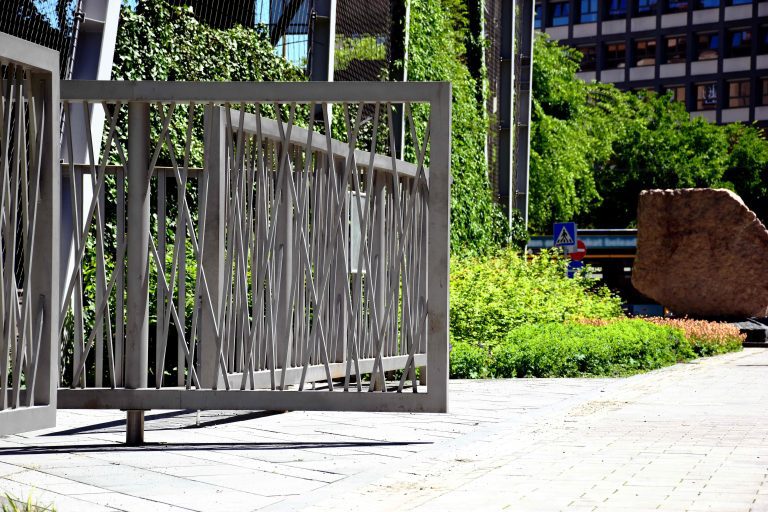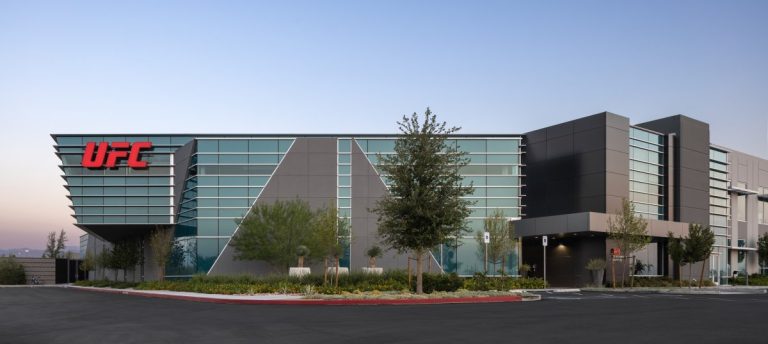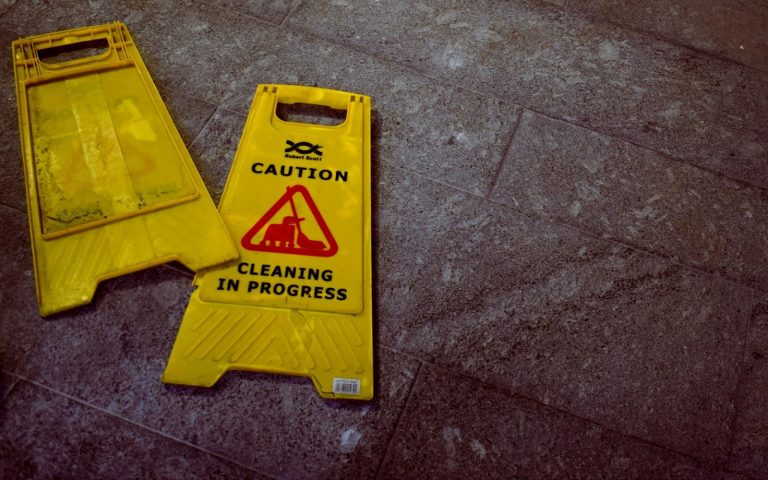Home automation has come a long way. What started as a few smart gadgets here and there is now an integrated ecosystem that works to simplify life, increase security, and save energy. With new technologies evolving all the time, staying updated on the latest trends can help you make the best choices for a smart home setup that’s efficient, convenient, and worth the investment. Here’s a look at the latest trends in home automation and what they mean for you. 1. Voice-Controlled Systems Voice control is now a core feature in home automation, with Alexa, Google Assistant, and Siri understanding more complex commands. This lets you create “routines” that trigger multiple home devices at once. For instance, a single “goodnight” command can lock doors, turn off lights, set alarms, and adjust your thermostat. Voice assistants are integrated into security cameras, thermostats, lights, and even kitchen appliances, allowing for seamless control. For those wanting a truly cohesive setup, a smart home installer can optimize the system, ensuring every device connects smoothly. This level of professional setup is especially beneficial for homes with multiple systems, enhancing usability and ensuring everything works as intended. 2. Energy Management and Sustainability Automated lighting systems can adjust based on routines or natural light levels. For safe and reliable installation, it’s often best to work with a licensed electrician who can handle wiring and connections for complex setups, such as smart lighting and energy-efficient devices. Plus, they can advise on maximizing energy efficiency while ensuring compliance with electrical standards. Smart outlets and power strips are also trending, letting you monitor power usage and eliminate “energy vampires” that drain power even when off. Additionally, many homeowners are turning to solar integration, connecting smart systems with solar panels and battery storage to maximize renewable energy use. Together, these features help you manage energy use efficiently and reduce your overall environmental impact. 3. Enhanced Home Security Smart home security systems now offer advanced monitoring with AI and sensors. Systems like Ring, Arlo, and Google Nest use facial recognition and motion detection to differentiate between family, visitors, pets, and intruders. They also feature two-way audio and night vision to keep you connected to your home anytime, anywhere. Doorbell cameras and smart locks let you see who’s at your door, unlock it remotely, and provide custom access codes for guests. Real-time notifications enhance peace of mind, making smart security a top choice for many homeowners. 4. Interconnected Appliances and Kitchen Automation Smart appliances are becoming essential in modern kitchens, often integrated into a broader home automation system. Samsung, LG, and Bosch offer refrigerators that monitor expiration dates, ovens that preheat remotely, and coffee makers that start brewing as you approach the kitchen. These innovative kitchen appliances typically feature mobile app control, so you can start a load of laundry or turn off the oven from anywhere. With functions that work together in sync, smart kitchens save time and streamline household management, making daily tasks more efficient. 5. Health Monitoring and Wellness Features Home automation is now addressing health and wellness. Air quality monitors, water quality sensors, and UV-cleaning devices detect allergens, pollutants, and contaminants in real time. Some systems send alerts so you can act promptly. Additionally, smart beds now track sleep patterns, adjust firmness, and even elevate for optimal comfort. In the bathroom, scales and mirrors connected to fitness apps provide valuable insights into health and daily routines. This health-focused automation is increasingly popular, especially in households prioritizing wellness. 6. Home Entertainment Integration Entertainment automation offers immersive experiences and is an essential part of any smart home system. Whole-house audio systems can sync with other devices, allowing you to control music, volume, and settings by voice or app. Some smart TVs and projectors also connect with lighting systems, adjusting the room lighting based on what you’re watching. Imagine the lights dimming as you start a movie or softening during a suspenseful scene. These features make home entertainment setups smarter and more cohesive, transforming your viewing experience. 7. Automation Hubs for Centralized Control With so many IoT devices in the modern smart home, centralizing control is essential. Home automation systems connect all your devices into one platform, reducing the need for multiple apps and streamlining management. These hubs, such as Samsung’s SmartThings, Amazon Echo, or Google Home, make it easier to oversee all your connected devices from a single interface. Using these hubs, you can create routines that activate multiple devices with a single command. For instance, a “workout” routine could start your workout playlist on smart speakers, adjust the lights to a brighter setting, and activate a fan for added comfort. As smart home automation grows, a central hub ensures all devices work seamlessly together for a smoother experience. Final Thoughts Home automation has become an essential part of modern living, improving energy efficiency, security, wellness, and entertainment. Keeping up with these trends can help you create a smart home that’s convenient and in line with your lifestyle needs. With each trend enhancing daily life, automation is bringing new possibilities to make your home safer, more efficient, and enjoyable. By implementing these innovations, your home will be ready to keep up with the demands of modern living.














